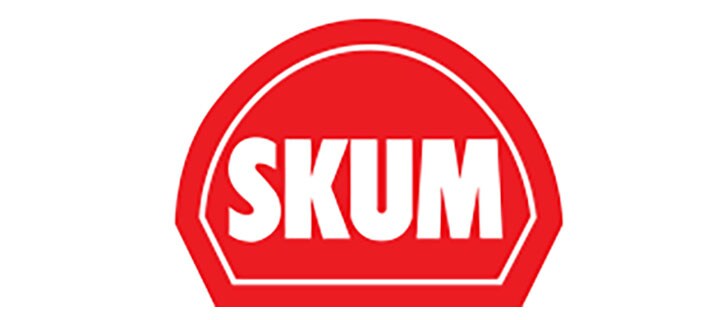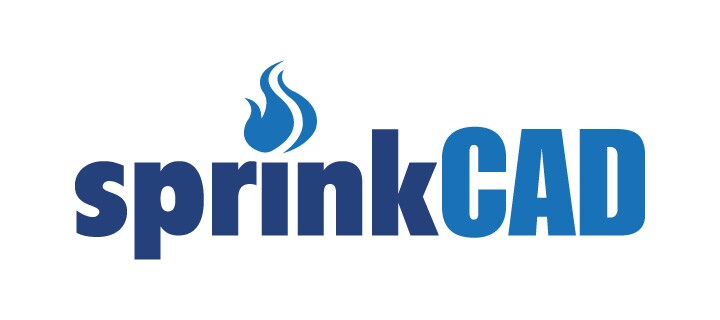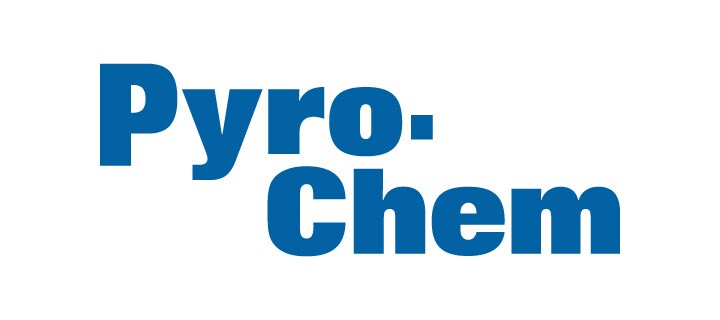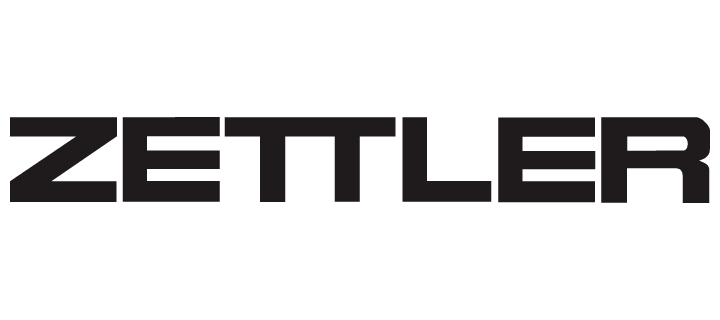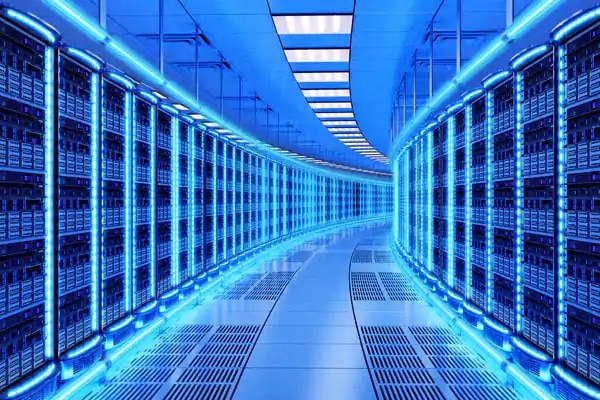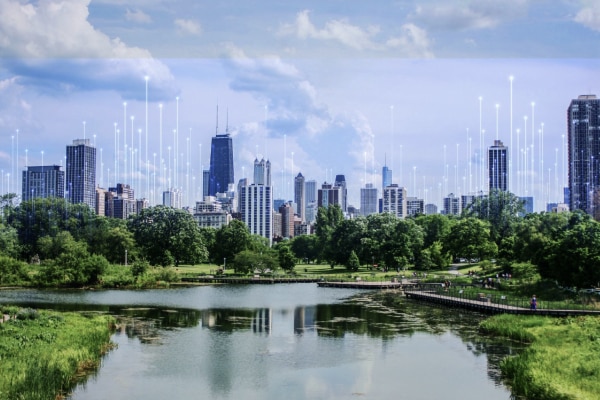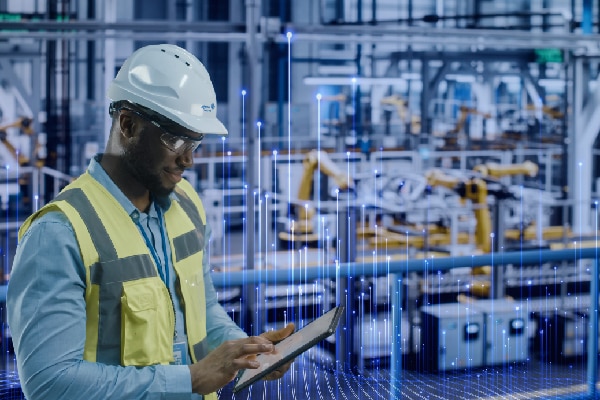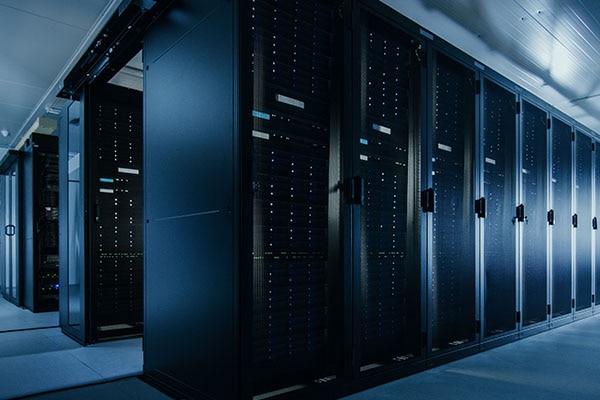Clean Air Imperative: Creating Healthy Spaces With Smart Technology - Part One of a Blog by Dr Sally Eaves
Clean Air Imperative: Creating Healthy Spaces with Smart Technology Helping Us All to Work, Learn, Collaborate and Create!
In July 2021, Johnson Controls hosted a webinar with a panel of experts - including award winning international keynote speaker, author and influencer Dr. Sally Eaves – on the topic of improving clean air within buildings. In her first blog following this event, Dr. Eaves outlines why this topic should be on every business agenda.
If you enter the phrase ‘healthy workplace’ into Google Search, you receive an eye-watering 352,000,000 results! Wellbeing is clearly front of mind for us all. But ‘workplace’ can translate to a number of different of contexts and settings in which we work, learn, collaborate, play and create - so what constitutes ‘healthy’ can vary significantly too. One key criterion that connects places together is the imperative for clean air. COVID-19 has given everyone a whole new perspective on the importance of what we breathe indoors, moving beyond the more traditional focus on outdoor air quality. It has radically changed work and education operations with the mass move to home working at the height of the pandemic, and now transitioning to more hybrid patterns of working as economies endeavour to ‘open up’.
It is perhaps then no surprise that many organisations are actively reflecting and indeed re imagining the nature and purpose of ‘space’ - and how to both optimise and protect it. And as individuals, from employees to students to parents, we are all increasingly thinking about wellbeing and safety, especially given we spend 90% of our time indoors. How confident can we be that indoor air quality is meeting health standards, and what can be done to move beyond what is mandated to make a more substantial difference to health? New research by Johnson Controls is shining a light on this key issue, and critically providing insights across different sectors. Clean air needs can vary and should be personalised depending on industries, and as the World Health Organisation details in its framework development for healthy workplaces, guidelines must always be tailored to the organisational level too. So, to what extent have businesses already recognised the importance of clean air technology and implemented it? And what are the key considerations for different sectors and workspaces?
Workspace Plans by Industry
The new research, split by sector below, finds 82% of UK businesses are planning to reduce permanent workspace and offer temporary workspaces in the form of modules or cubes.
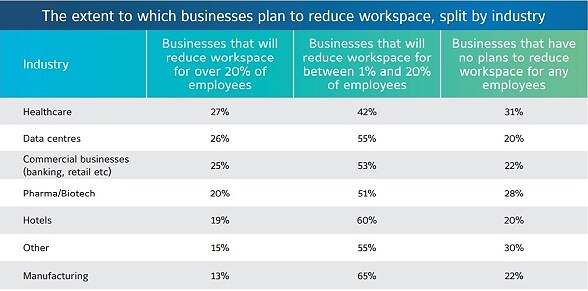
But the aspiration to reduce permanent workspace is also coupled with businesses wanting to bring people back into the workplace too. As an example, just 16% state they will offer the majority of their employees the option to work from home once the pandemic eases. This will likely mean people being asked to work in smaller workspaces and to share those spaces more often, understandably raising concerns for well-being as evidenced in a number of employee sentiment surveys. This goes beyond COVID - there is now increased awareness of the range of health effects of poor air quality including headaches, dizziness and nausea. And it goes beyond health too - with research showing that productivity can increase by up to 11%, and cognitive scores can be increased by up to 101%, in healthy green buildings which have a constant flow of clean air and where CO2 levels are consequently reduced. Revealing figures!
With indoor air sometimes 5 x more polluted than outdoor air, today and into the future, buildings must do more than they have ever previously done. Indeed, this is a priority and trajectory recognised by the inclusion of a dedicated Cities, Regions and Built Environment Day at The UN Climate Change Conference (COP26) taking place in Glasgow in November 2021. And this includes focusing on the supply of clean air with improvements to ventilation, filtration and disinfection systems, which all impact on increasing energy consumption (Carbon Intelligence 2020), alongside isolation, monitoring and maintenance. To ensure sustainability is embedded by design alongside endeavours to improve clean air, smart technology is absolutely critical both to be able to measure indoor air quality (IAQ) and to actually adjust building operations to provide it where people actually are. And with smart building software linked to ventilation systems, you can address air quality issues quickly and easily. So how far are organisations on this journey? The encouraging news is that 83% of businesses have already implemented clean air technology or plan to do so within the next 12 months.
To read more about why a clean air strategy is vital for your business, how other industries are implementing the technology, and what you can do to get started on your journey – download the latest research report from Johnson Controls click here.
And to read Dr. Sally Eaves second blog on this topic, please click here.



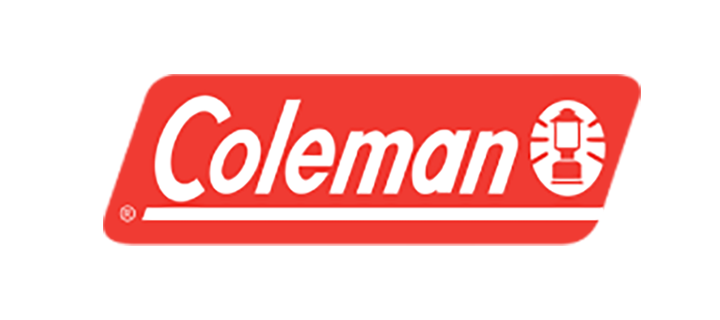

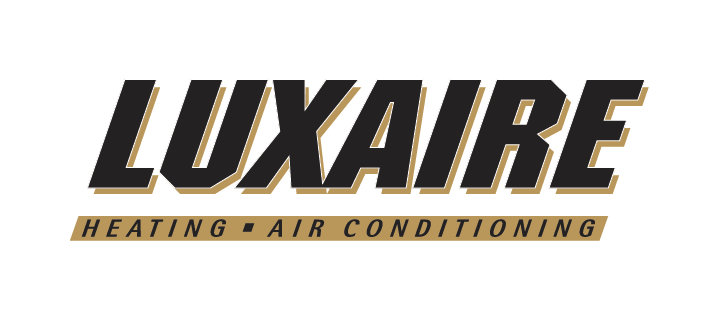
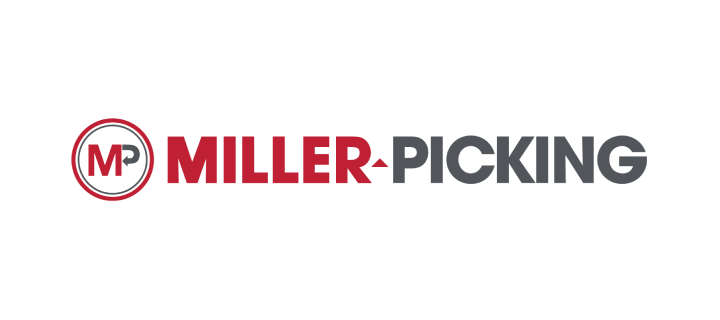

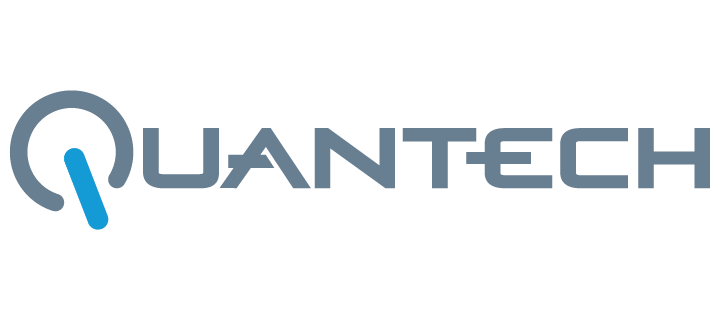

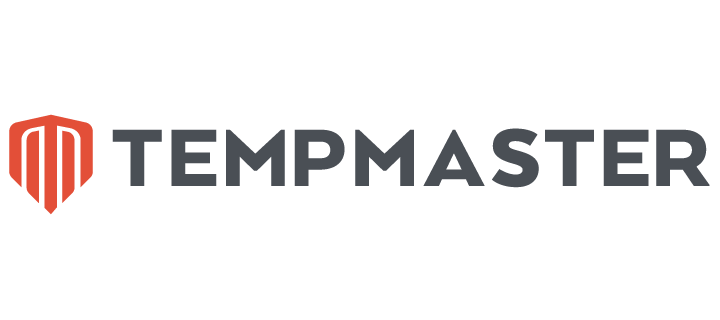

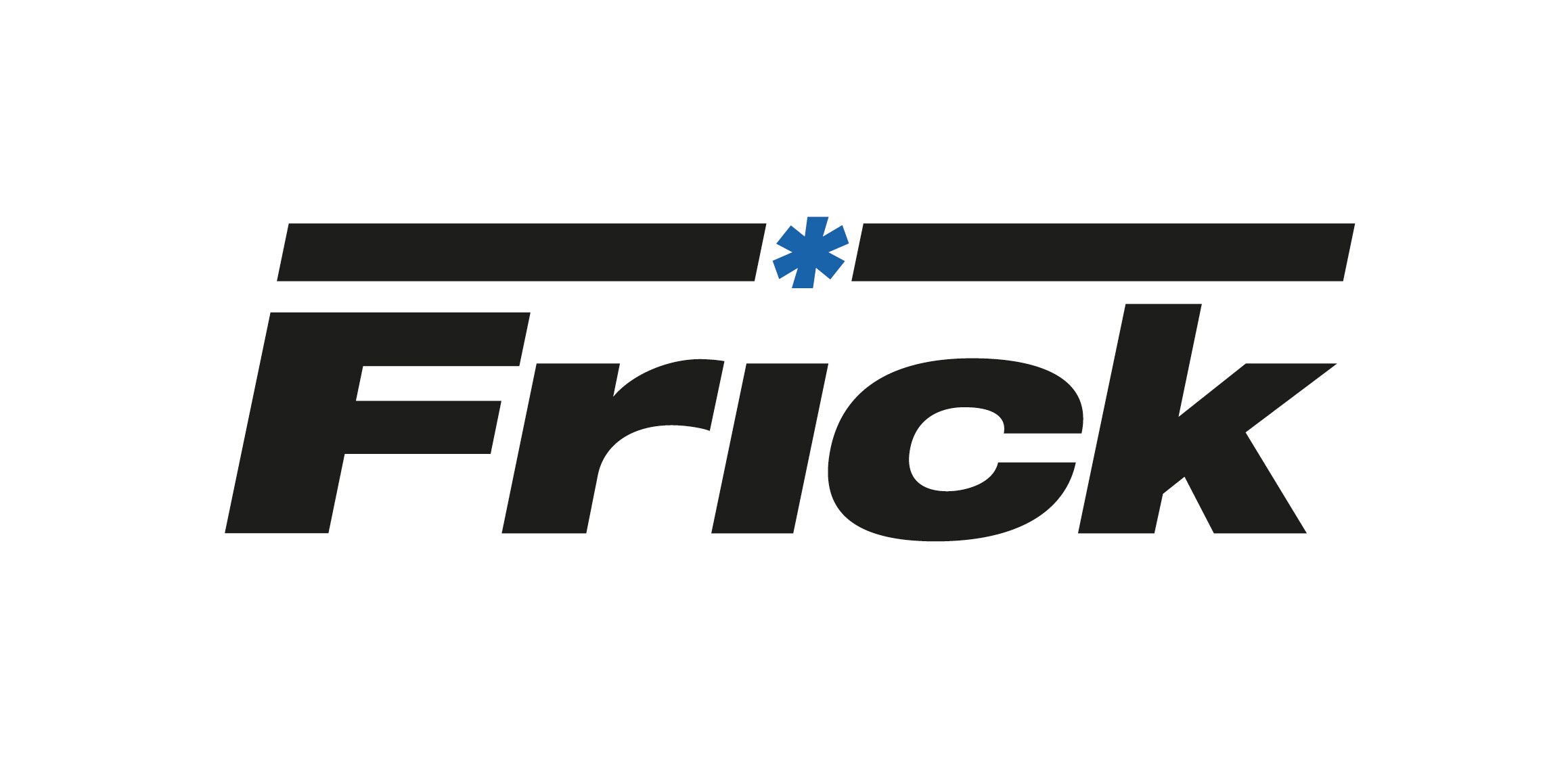
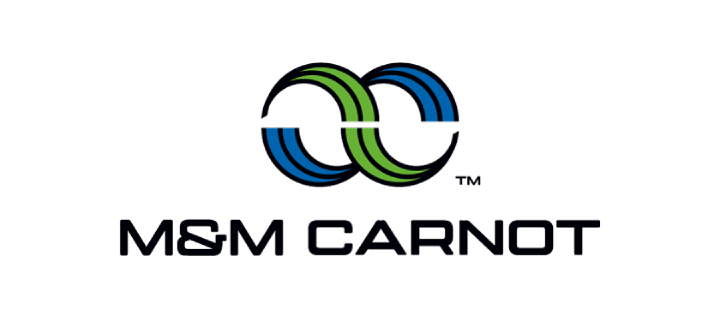


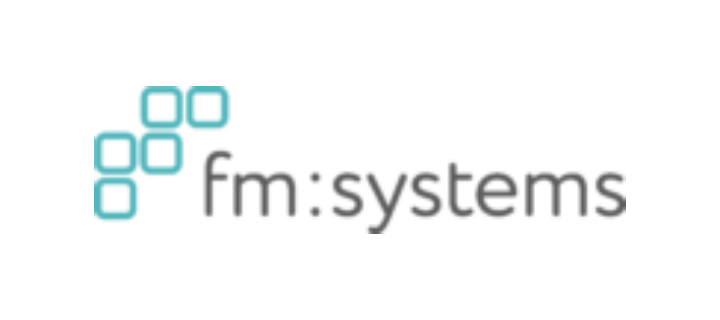



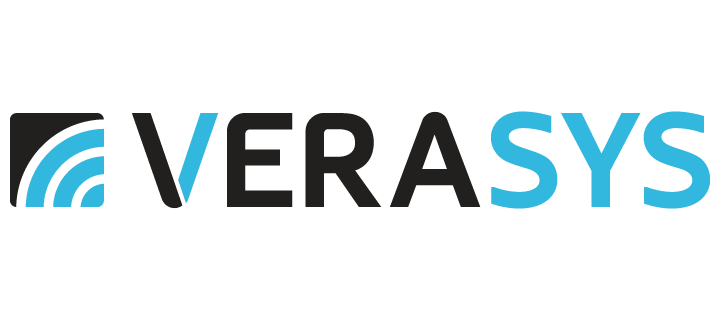

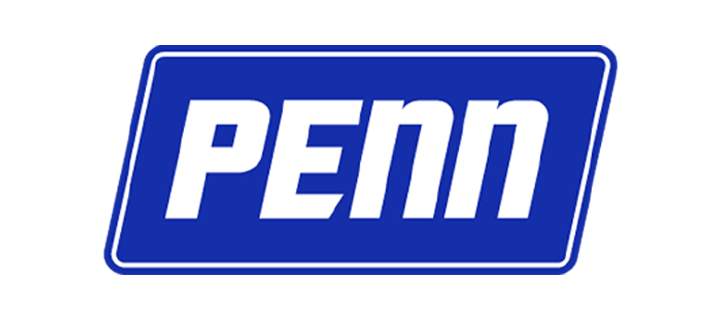

.jpg?la=en&h=320&w=720&hash=244C75B74F0F77521D56164450973BCD)


